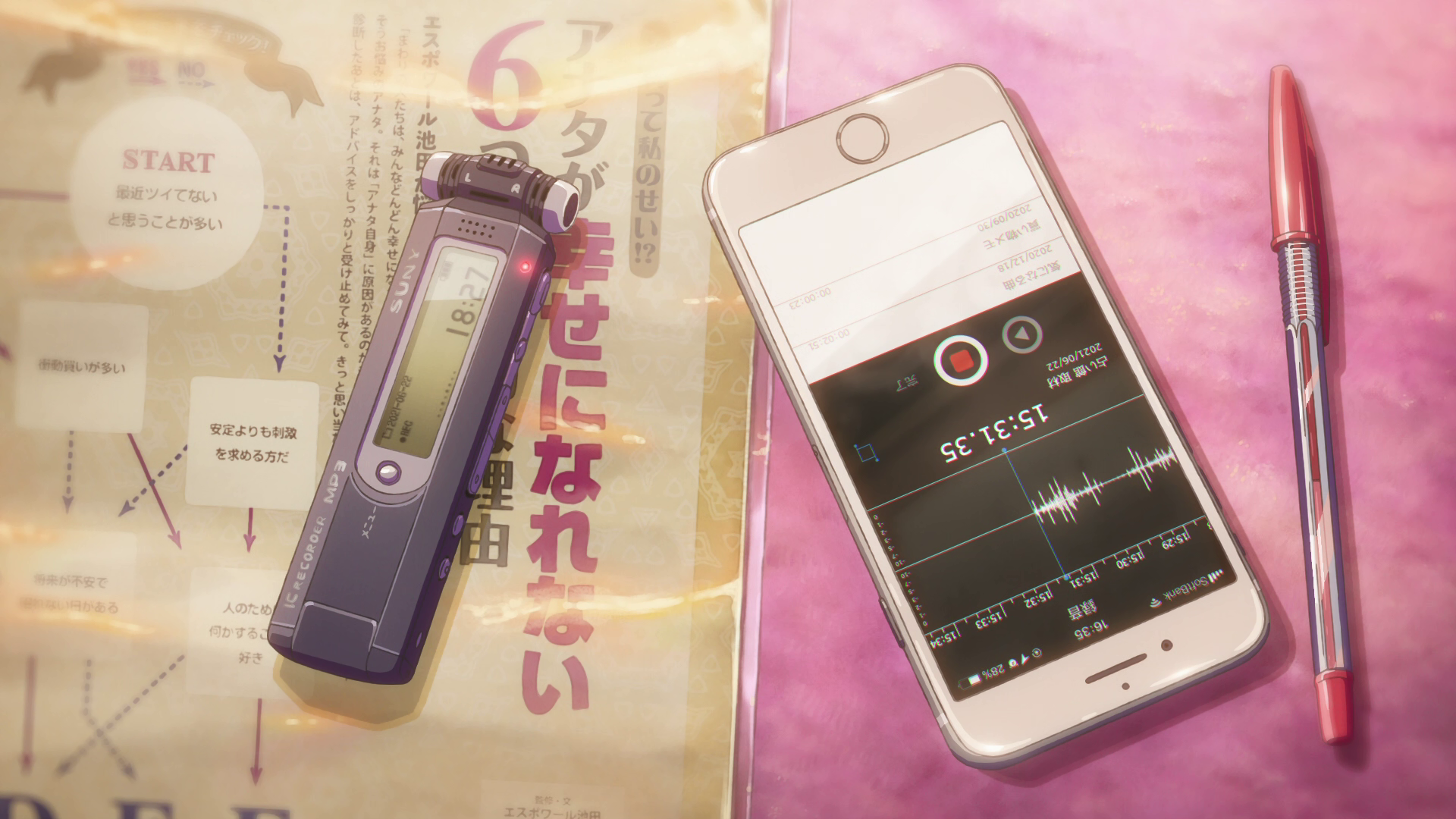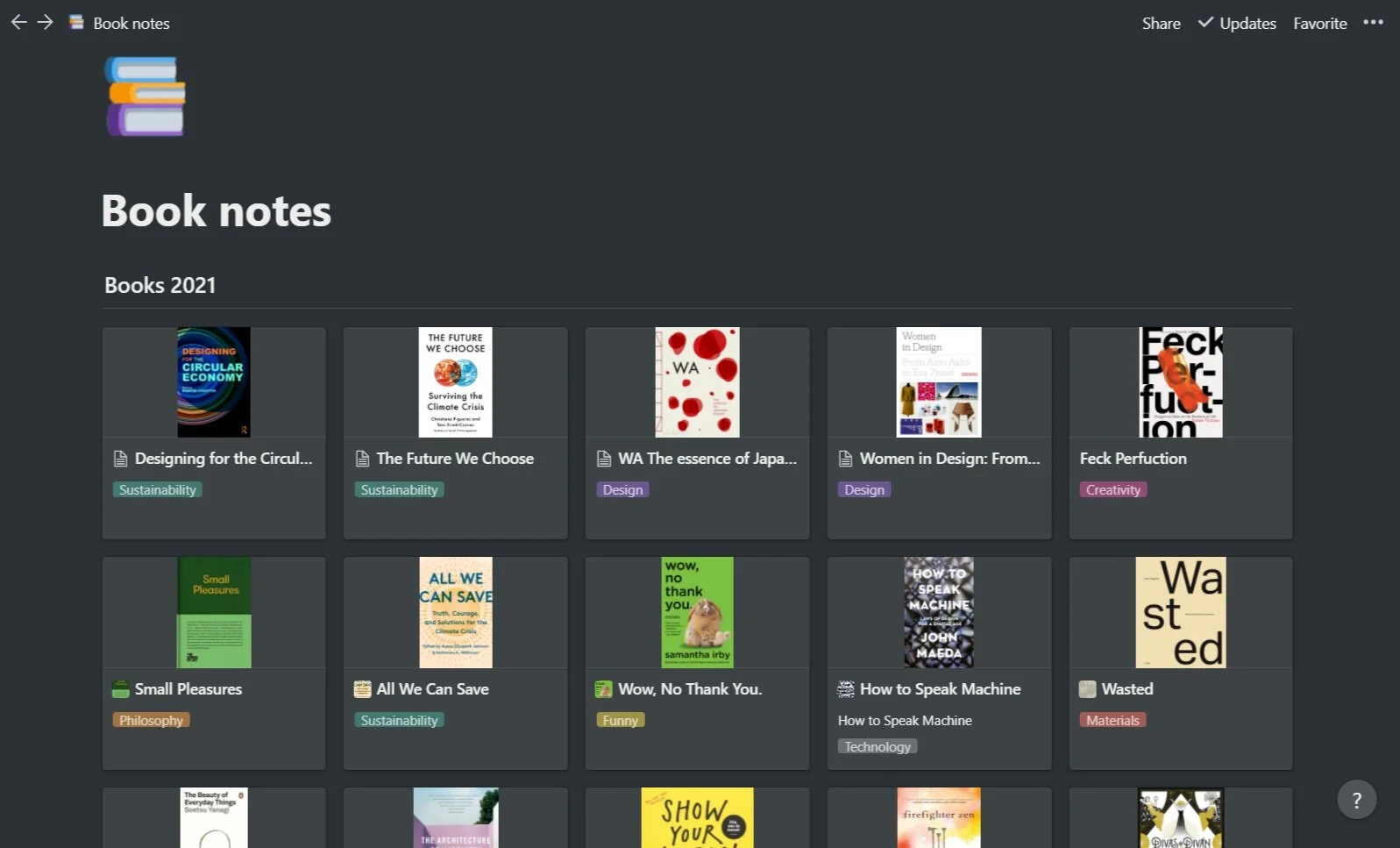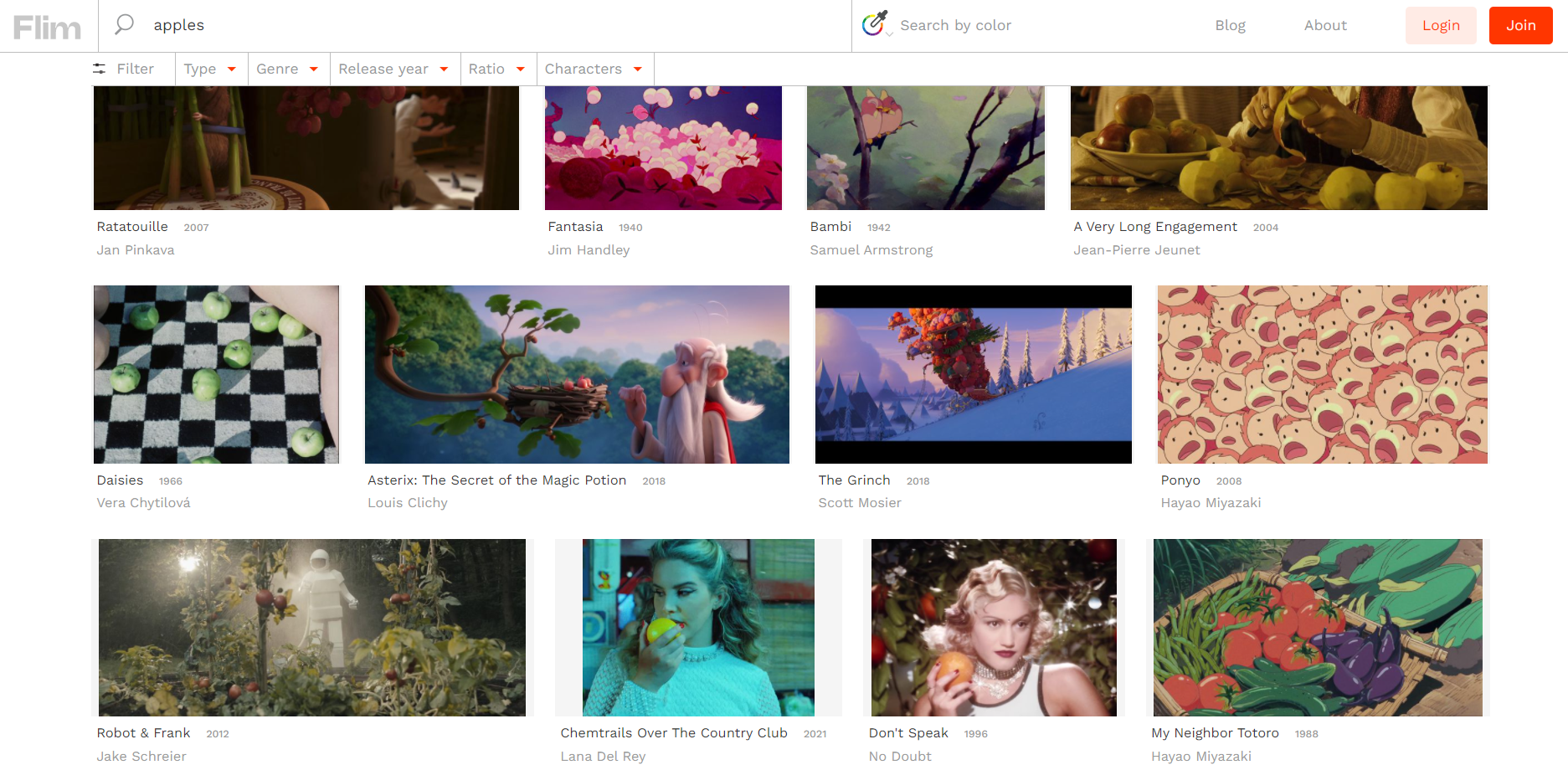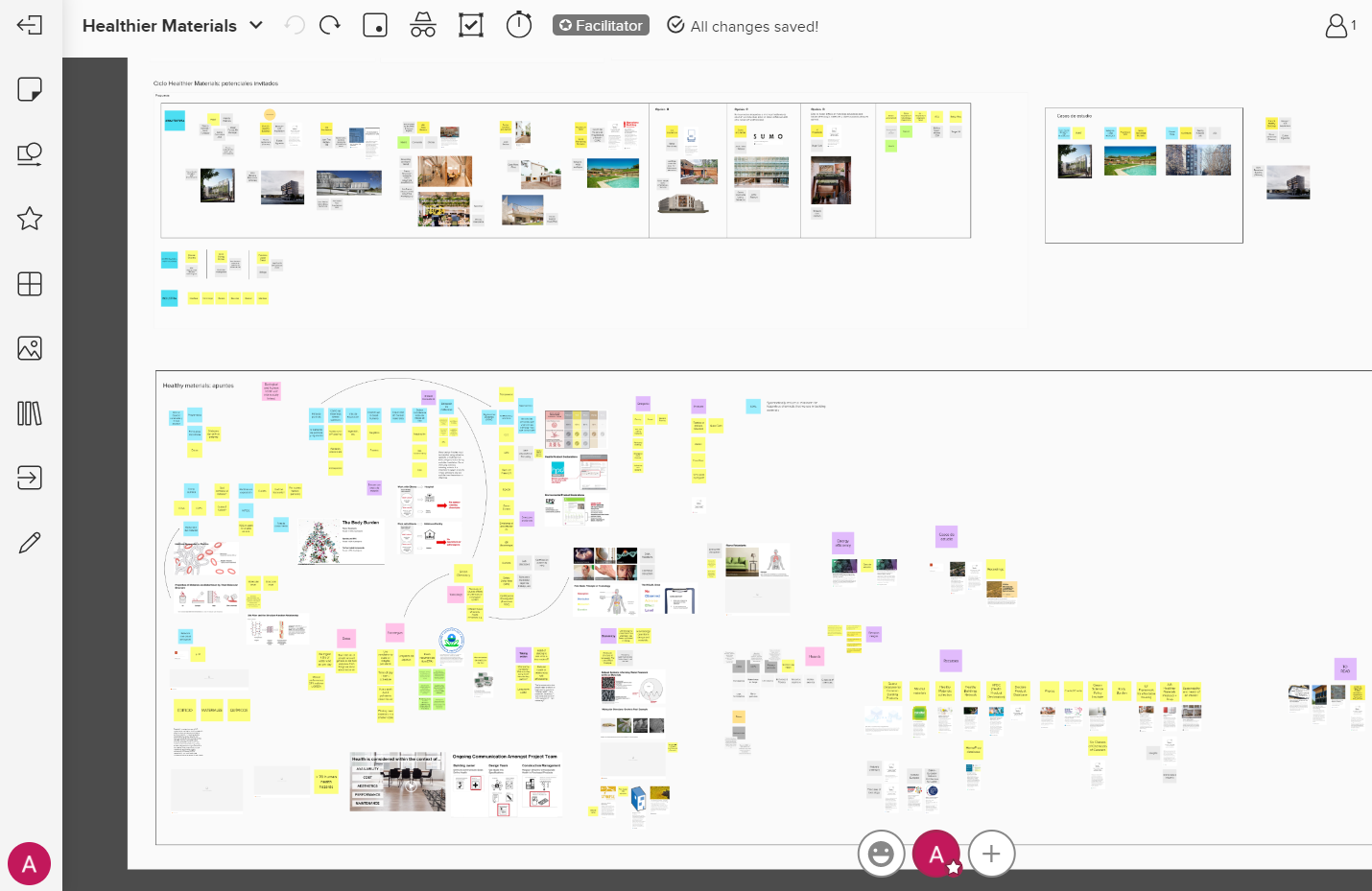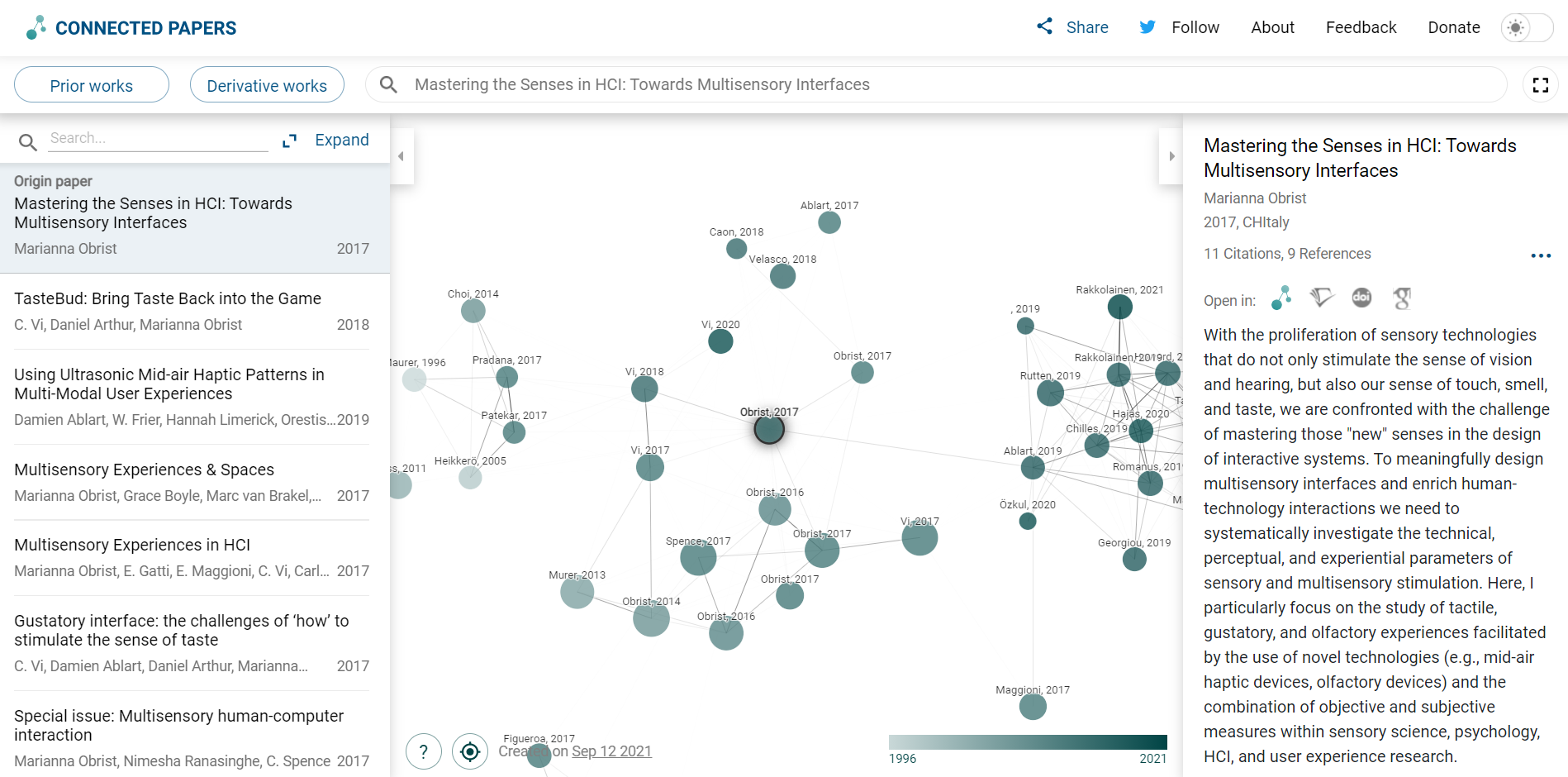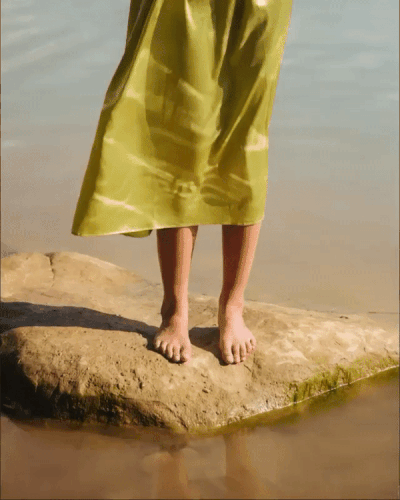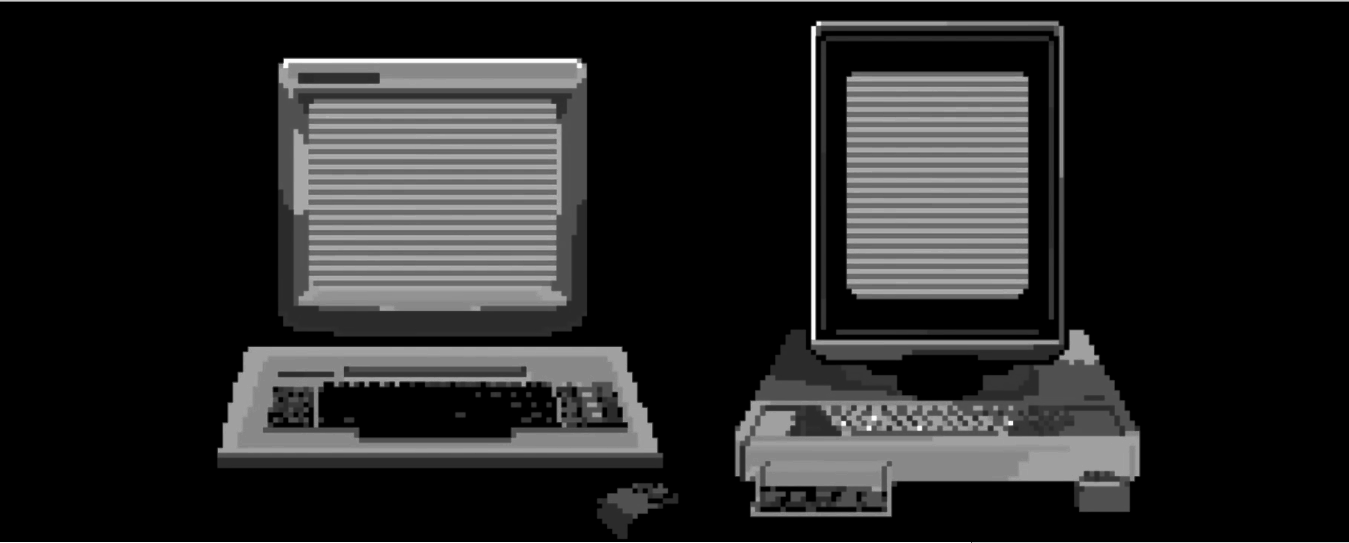Ideas are central to creativity. But the infrastructure we use to build and transform them is also an important part of the design process.
Tools are not the sexy part, but unavoidably, we spend hours jumping between many of them throughout the day. Some are fun to use, some are plain but get the job done, and some of them, you feel you just can’t live without.
This is by no means a comprehensive list of the tools I use, just a small selection of some favorites that I’m using a lot lately:
Still from “Weathering with You” - Director: Makoto Shinkai (2019)
Airr:
I listen to a lot of podcasts. Not only for entertainment but because in many cases I’m curious to learn about the topics they are talking about. Since I’m mostly listening to them on the go (on the bus, walking, or moving somewhere) it’s hard to take notes.
Airr is a podcast player app where you can highlight audio clips and create notes about episodes. When you hear something great, you can save it with one tap.
I’m not a big fan of their “sharing to social media” options, but it’s a great tool to clip valuable quotes, references, and concepts that I would otherwise forget.
Currently available for iOS only.
Readwise
Readwise is an app that helps you integrate and revisit your reading highlights.
While I’m reading a physical book I can take a picture of what I want to highlight and it automatically converts it into text, so I can have easily accessible notes without having to scribble in the pages of the book (I’m that sort of person—books are almost sacred to me).
This way, I have the best of both worlds: heavy notes and the tactility and beauty of experiencing and preserving physical books or magazines.
I also like their review feature, which resurfaces quotes you’ve highlighted in the past so you can revisit ideas and knowledge.
Personal highlight of “Designing Design” - Kenya Hara (2007)
Notion
My personal wiki and basically my second brain. I use Notion to collect ideas for my newsletter, notes from courses, spontaneous recommendations, and also to track goals.
I also send my reading highlights from Readwise, Instapaper, and my Kindle to Notion so I have everything in one place.
There’s so much you can do with it because it works through customizable blocks. I’m not an advanced user, but it already helps me achieve a lot.
If you want to learn tips on how to use it, you can check out Daniel Canosa’s or August Bradley’s Youtube channels.
Screenshot of one of my pages: my book notes library.
Forest app
Looking too much at my phone is a bad habit that I want to break. Forest is a mobile app that helps me gamify that.
Whenever you want to stay focused, you plant a tree. If you exit the app to go anywhere else: Twitter, your e-mail, or watching puppy pictures on Instagram, the tree dies.
As simple as that.
I find it satisfying to see the trees I’ve grown during the day (I use different species of trees and tags to visualize different activities: work, reading, etc.).
And once you reach a certain amount of points while growing virtual trees you get a real one planted for your efforts :)
Flim
A cool tool for iconographic search.
It’s an online database where you can find images from sources like films, documentaries, music videos, and ads, which is great for brainstorming, finding visual references, and embellishing presentations.
Supported by AI, you can search through filters like genre, color, year of release, and format. There’s still room for improvement, but the concept of making visual culture searchable is pretty exciting.
Mural
Mural is a digital workspace for brainstorming and visual collaboration.
You can create virtual canvases, and add sticky notes, drawings, diagrams, links, and images. It’s quite intuitive to use.
I’ve been using it a lot collaboratively at work (to map frameworks, and strategies) but I also create my own private Murals for the divergent stage of research, to compile key concepts and references. This way, I can see patterns and put ideas in order in a visual way.
Another similar tool (that I haven’t used but I’ve heard good things about is Miro).
A Mural of an ongoing research project.
Connected papers
Connected papers is a visual tool to help professionals and students find and explore relevant papers to their field of work.
Starting from one paper of your interest, you get a graph of other papers related to the original one. The similarity metric is based on the concepts of “Co-citation” and “Bibliographic Coupling”. According to this, two papers that have highly overlapping citations and references have a higher chance of being connected.
A wonderful research tool.
Do you use any of the tools I mentioned? Which ones do you frequently use and enjoy? There’s a universe of great tools growing daily, and I’m curious to hear from you.
Please let me know in the comments or via Twitter DMs :)


